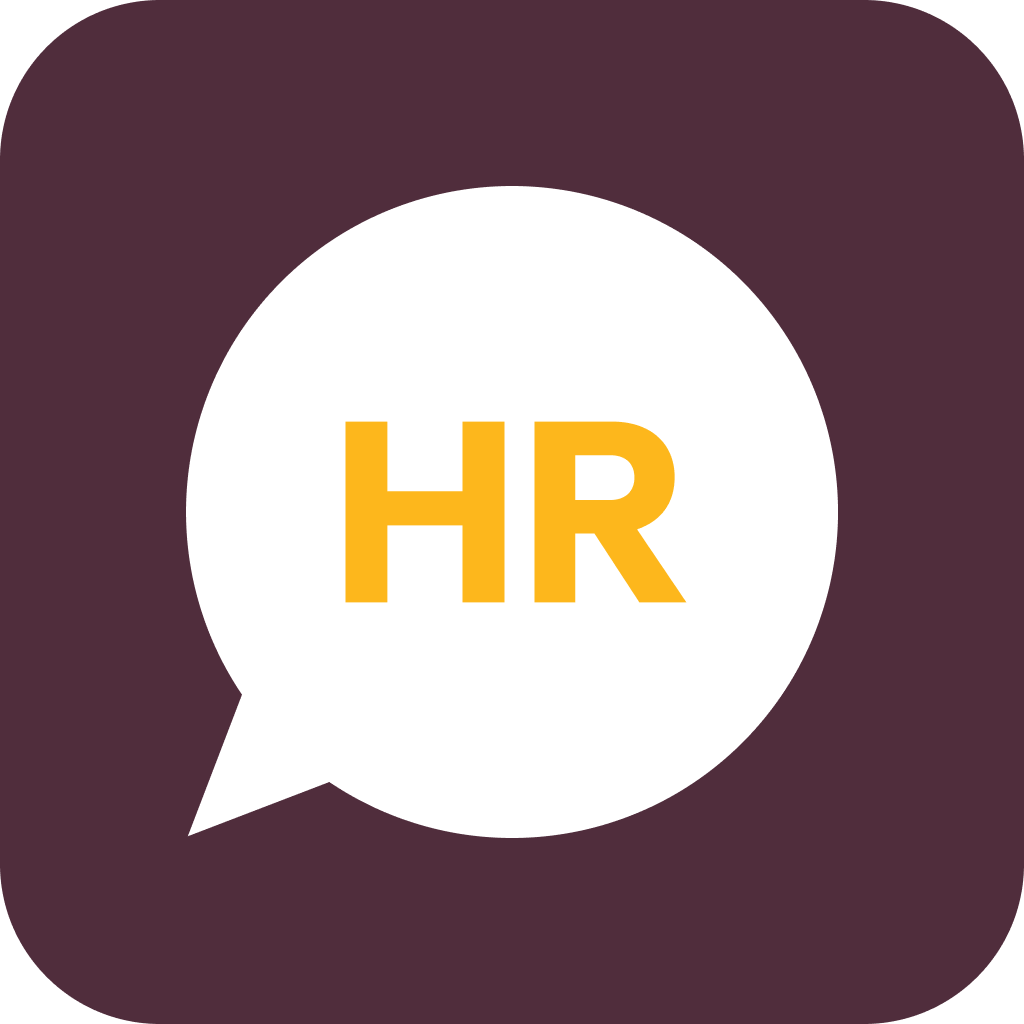Remote I-9 verification is the process of verifying an employee's identity and work authorization documents remotely, rather than in person, as part of the I-9 employment eligibility verification. This method allows employers to comply with legal requirements for remote workers.
What is Form I-9?
When hiring new employees in the US, employers must verify their identity and eligibility to work, regardless of citizenship status, using the I-9 form, also known as Employment Eligibility Verification. The I-9 verification process must be completed within three business days of the employee's first day of work by an authorized representative.
The Immigration Reform and Control Act of 1986 mandates that all employers, including government agencies and private companies, require I-9 forms from their employees. When hired, employees must provide information about their identity and work authorization in Section 1.
After that, they must present acceptable documents to their employer to confirm their identity and eligibility to work. The list of acceptable documents can be found on the U.S. Citizenship and Immigration Services website or on the last page of the I-9 form. Employers conduct a document inspection, record the information on the employee’s form, and sign and date it.
Employers must retain Form I-9 documents for three years after their start date, or one year after the date employment ends, whichever is later. They must also allow authorized government officers to inspect it. Compliance with these rules is crucial to avoid penalties from the government.
The new Form I-9 and remote verification
Historically, employers were required to conduct the Section 2 document examination of the I-9 form with the employee in person. But in March 2020, at the start of the COVID-19 pandemic, the Department of Homeland Security (DHS) and US Immigration and Customs Enforcement (ICE) announced flexibility around Form I-9 compliance and Employment Eligibility Verification.
Under the new rules, employers could remotely inspect new hires' documents and keep copies of their remote employees' identities and employment eligibility documents for Section 2 of the I-9 form. This flexibility allowed employers to continue hiring and retaining employees while protecting their workforce's health and safety.
But more recent changes have presented new challenges, especially as remote work continues for many employees.
- In May of 2023, DHS announced that the temporary policy for remote verification due to the pandemic would end on July 31, 2023. As a result, employers who used remote verification would need to conduct in-person re-inspections. The change caused difficulties for those with remote workers who only used remote verification during their onboarding.
- In May 2023, employers were given until August 30, 2023 to physically examine employees’ employment eligibility documents who underwent only virtual or remote examinations during the COVID exception period beginning March 20, 2020.
- Then, in July of 2023, DHS announced substantial changes to the I-9 form, along with a final rule: Qualified E-Verify users in good standing (more on what that means below) can now verify employees’ eligibility documents remotely through live video interaction.
While most employers are familiar with I-9 forms, they may be less familiar with recent changes to how they’re filed and inspected. Remote I-9 verification is becoming the new standard for many employers, along with a new form and process employers need to know.
Remote I-9 verification became the norm during the pandemic—when employers could temporarily inspect work authorization documents remotely when onboarding new employees. But with more than 28% of US employees working from home or in a hybrid model in 2023, remote onboarding is here to stay, prompting the Department of Homeland Security to update I-9 forms and formalize remote verification for employers who meet the standards.
Key changes to Form I-9
Published in August 2023, the new version of the I-9 form contains many significant changes and improvements, including:
- The form has been condensed from two pages to one, with Sections 1 and 2 now on the front page. No fields were eliminated, but multiple fields were consolidated into fewer fields.
- The Preparer/Translator Certification and reverification/rehire sections have been moved to separate supplements.
- The term “alien” has been replaced with “non-citizen.”
- Employers must check a box if I-9 form documentation was examined remotely under new DHS-authorized procedure rather than physical inspection.
- The acceptable documents page has been updated with guidance, links, and acceptable receipts for automatic extensions of employment authorization documentation.
- The form is now mobile-friendly and can be easily downloaded.
Moving forward, these are the key things you must keep in mind to stay compliant with I-9 form procedures and verification:
- Start using the new I-9 form. Start using it ASAP and switch no later than November 1, 2023. From November 1, 2023, only the new Form I-9 marked "08/01/2023" will be allowed.
- If you use I-9 paper forms, they still require a wet pen signature from the new employee and employer, and the original form must be kept on file.
- For the I-9 digital forms to be accepted, they must be completed using software that complies with ICE protocols.
- When hiring remote employees, E-Verify employers can use the new live video procedure. Non-E-Verify employers must have an authorized representative complete Section 2 of the I-9.
Who is eligible for remote verification?
First, let’s start with E-Verify: an online system that allows employers to verify an employee's eligibility for employment by comparing the information on the employee's Form I-9 with records held by the U.S. Department of Homeland Security and the Social Security Administration. If employers want to use the remote verification option or "alternative procedure," they need to have a good standing with E-Verify. That means they must:
- Have enrolled in E-Verify for all hiring sites that use the alternative procedure
- Comply with E-Verify program requirements, which include verifying the eligibility of newly hired employees for employment
- Keep their good standing with E-Verify for remote verification
- Complete the free E-Verify enrollment tutorial, including fraud awareness and anti-discrimination training, required for all new E-Verify employers and case managers
What are the advantages of being an E-Verify employer or using an E-Verify agent? If you have a remote workforce, you can skip the physical examination of Form I-9 documents. Through the system, employers can:
- Electronically verify their employees' eligibility for employment
- Confirm their new hires’ identities to prevent security risks
- Remain compliant with DHS and USCIS and avoid penalties
How to verify I-9 forms remotely
Now that we’ve gone over the recent changes to Form I-9 and remote verification, let’s discuss how to actually use E-Verify for your remote hires.
Employers can use a live video interaction to verify an employee's identity and work eligibility remotely during the I-9 process. You’ll compare the information provided by the employee on Section 1 with their documentation for accuracy.
During the remote inspection, you’ll follow the steps below.
If you’re using the new version of Form I-9:
- Start your employer E-Verify session (or enroll if you haven’t yet)
- Remotely examine the employee’s identity and employment authorization documents through a live video interaction with the new hire
- In the new form, employers must select the checkbox to confirm remote I-9 form documentation examination
- Retain copies of all remotely examined documents with the employee’s Form I-9
- Create a case in E-Verify
If you’re using the old version of Form I-9 (prior to Nov 1, 2023):
- Start your employer E-Verify session (or enroll if you haven’t yet)
- Remotely examine the employee’s identity and employment authorization documents through a live video interaction with the new hire
- Add the following text to the Section 2 Additional Information field: "Alternative procedure xx/xx/xxxx (date that the live video interaction was completed)"
- Retain copies of all remotely examined documents with the employee’s Form I-9
- Create a case in E-Verify
If a company opts for remote verification, they must offer the remote verification to all employees, but they must also offer an in-person document examination if the employee requests it. They must keep records of all documents presented.
Rippling and its affiliates do not provide tax, accounting, or legal advice. This material has been prepared for informational purposes only, and is not intended to provide, and should not be relied on for, tax, legal, or accounting advice. You should consult your own tax, legal, and accounting advisors before engaging in any related activities or transactions.








































































